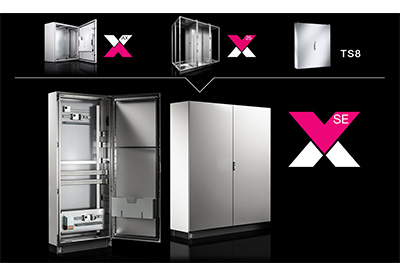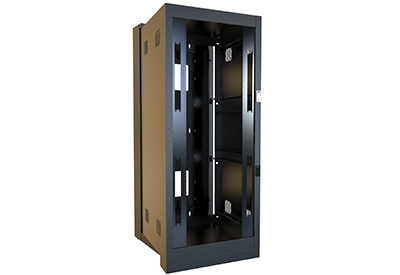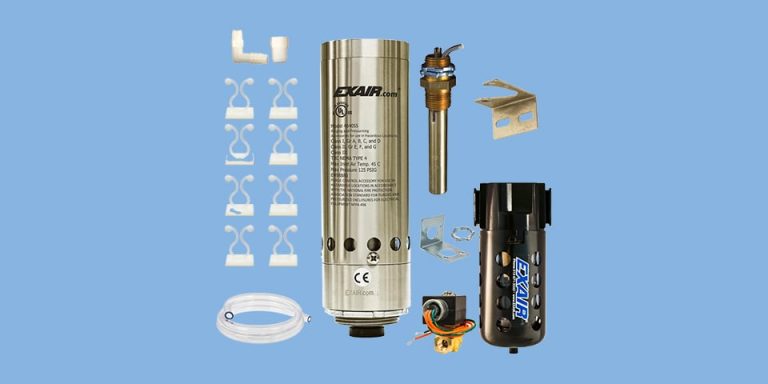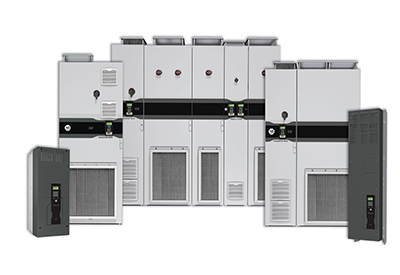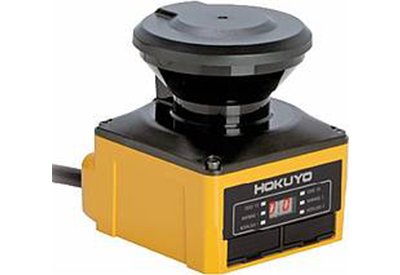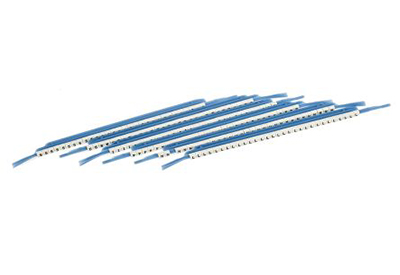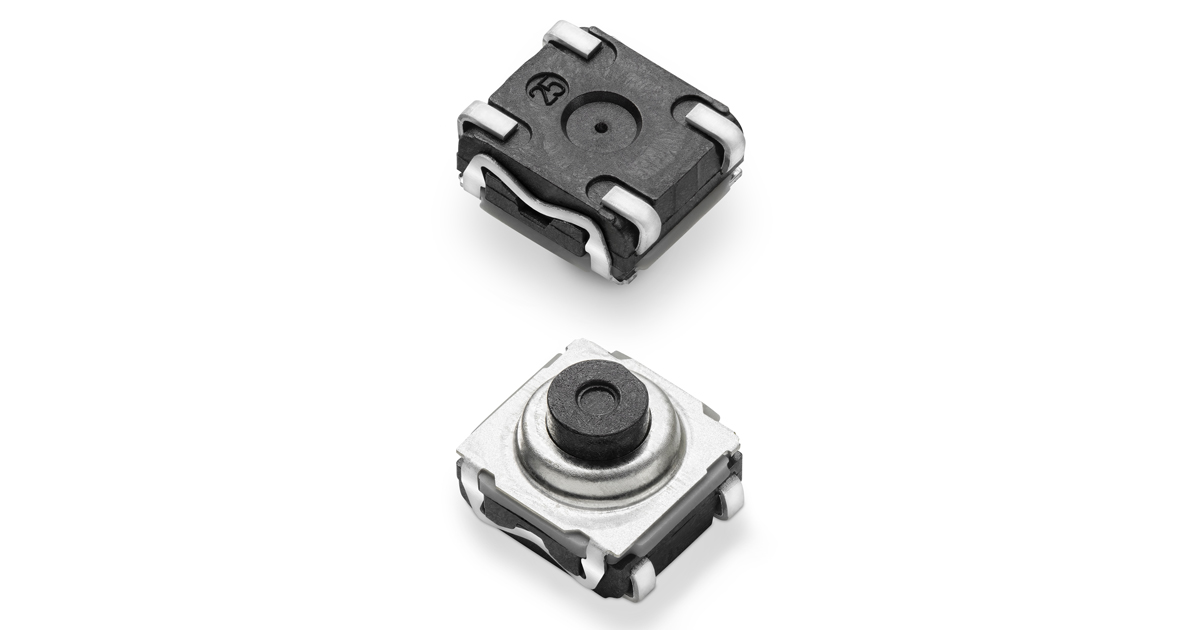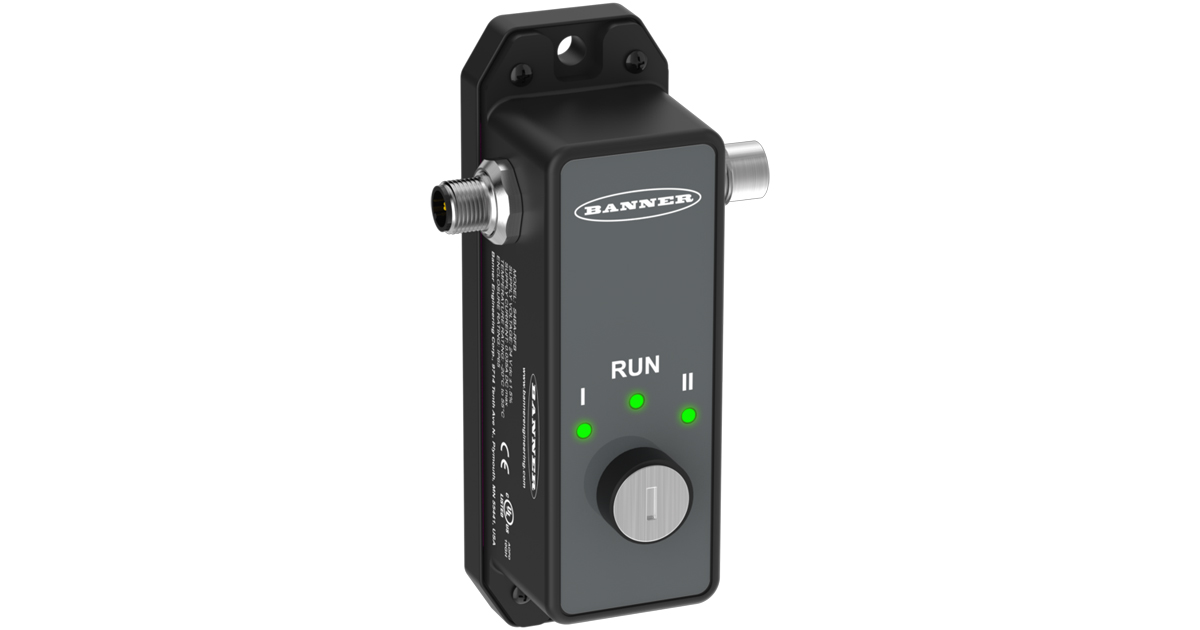RS Offers Solutions Engineered to Modernize and Safeguard Energy and Utilities Applications
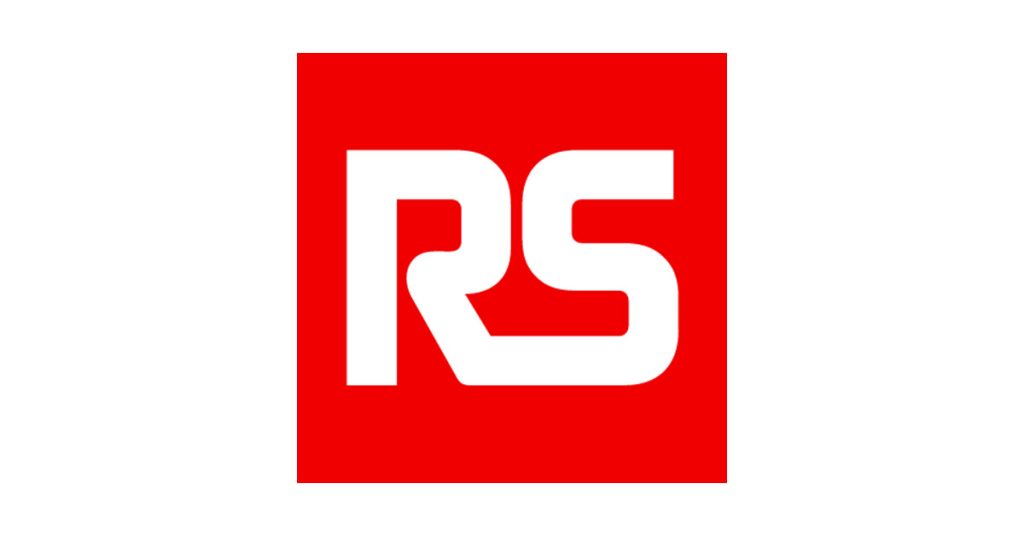
November 10, 2023
RS is a trusted partner for navigating the complexities of the energy and utilities industry and offers a comprehensive suite of solutions designed to address the industry’s modernization and safety challenges.
The energy and utilities industry is comprised of two main sectors: the energy sector, which includes processes related to the exploration, extraction, production, transportation, and distribution of oil and gas products made from hydrocarbon reserves, and the utilities sector, which encompasses the operation and management of utilities including power, water, natural gas, and wastewater.
Since both sectors serve an overwhelming majority of the general public, increased demand and market growth are directly tied to increases in population, urbanization, and globalization, which have remained fairly steady in recent years and resulted in numerous challenges. Of these, ensuring the safety of personnel and equipment has remained paramount due to the industry’s many hazards, including chemical exposure, extreme temperatures, mechanical and electrical risks, fires, explosions, ingress, and cyberattacks.
As the energy and utilities industry modernizes and expands to keep pace with demand, products beyond the scope of purpose‑built safety solutions are becoming increasingly essential for ensuring employee and equipment safety. These solutions include products that improve worker and equipment safety as well as efficiency, uptime, sustainability, and maintenance requirements and costs, and examples include human‑machine interfaces (HMIs), power supplies, wireless communications equipment, liquid‑level sensors, filters, and lubricants.
HMIs are used to monitor and manage programmable logic controllers (PLCs), remote terminal units (RTUs), and other intelligent electronic devices (IEDs) employed in applications throughout the energy and utilities industry, including pumps, valves, pipelines, drills, and safety systems. Beijer Electronics’ X2 Series HMIs contribute to safety, efficiency, and maintenance improvements with features including robust die‑cast aluminum form factors; IP65/66, NEMA 4X/12, UL50E Type 4X/12, and marine protection ratings; UL, CE, FCC, and KCC certifications; high‑performance LCD touchscreens with customizable interfaces; integrated IEC 61131‑3 PLC functionality for enhanced control; support for Ethernet, serial, and USB protocols; timely alerts about potential hazards and malfunctions; data logging and analysis capabilities; and remote access capabilities.
Power supplies are an essential component of all electronic systems, including energy and utilities applications. SolaHD’s SDN‑C Series power supplies contribute to safety, sustainability, efficiency, uptime, and maintenance improvements with features including a compact, durable, and energy‑efficient design that minimizes heat generation, reduces energy consumption and costs and maintenance requirements, and meets stringent safety standards, including low‑voltage and EMC directives, marine certifications, and hazardous location certifications, such as Class I Zone 2, ATEX, IECEx, and ABS Type approval.
They also feature built‑in over‑temperature, overload, and short circuit protection; sag immunity, which helps minimize downtime and extend equipment lifetimes; user‑friendly LED diagnostics that provide quick status insights and facilitate rapid troubleshooting to reduce system downtime; dual output terminals for convenient wiring; and parallel operation for simple installation and maintenance.
Wireless access points play a vital role in modernizing and optimizing energy and utilities operations since wired connectivity is often unfeasible or exorbitantly expensive in the vast, remote, and challenging environments common to this industry. Moxa’s AWK‑3131A Series wireless LAN access points contribute to safety and efficiency improvements with features including a rugged, EMI‑resistant design that’s quick and easy to install and deploy; support for data rates up to 300Mb/s, which enables real‑time remote monitoring and swift control that can help keep personnel out of harm’s way; and Turbo Roaming capabilities and redundancies that ensure seamless connectivity even in vast installations like power grids and pipeline networks.
Liquid‑level sensors also contribute to the safety of energy and utilities applications, including storage tanks, open basins, pump shafts, and canal systems in remote and hazardous locations. Endress+Hauser’s Micropilot FMR10 liquid‑level sensor contributes to safety, efficiency, and sustainability improvements with features including durable polyvinylidene fluoride (PVDF) housing proven to withstand harsh conditions for long lifetimes, IP66/68 and NEMA 4X/6P sealing, hermetically sealed wiring, and fully potted electronics that eliminate the possibility of water ingress. It also features Bluetooth wireless technology; real‑time, app‑based commissioning, operation, and maintenance; secure remote access; encrypted point‑to‑point data transmission and password‑protected communication; diagnostics information according to NAMUR NE107, with remedial measures in the form of plain text messages; and environmentally responsible recycling concepts.
Given the increased electronic complexity of equipment employed in the energy and utilities industry, operators are increasingly reliant upon filters to prevent electromagnetic and RF interference (EMI and RFI) from disrupting data transmissions and the automated systems that rely on them and causing unplanned downtime. TE Connectivity’s Corcom R Series EMI filters, for instance, are often used to ensure that IIoT devices transmit accurate information to connected systems and to safeguard automated processes from the effects of interference, which can range from misreads to malfunctions, to maximize safety, uptime, and productivity. They are also compliant with globally recognized safety regulations, including UL, CSA, and VDE.
Lubricants serve a similar purpose as EMI filters since they help ensure that equipment runs smoothly with minimal interruptions — just in a physical rather than an electrical sense. SKF’s LAGD Series SYSTEM 24 gas‑driven, single‑point automatic lubricators contribute to safety, efficiency, uptime, maintenance, and sustainability improvements by reducing equipment downtime associated with manual lubrication procedures, preventing over‑ or under‑lubrication, and preventing workers from having to access hard‑to‑reach or hazardous areas as often. They also feature ATEX Zone 0 approval for potentially explosive environments, tool‑free activation and time‑setting features, and detachable batteries that support environmentally friendly disposal.
For more information about the RS portfolio of safety solutions for energy and utilities applications, as well as expert insights into and advice about the industry, please check out the new “Improving Safety in the Energy and Utilities Industry”


